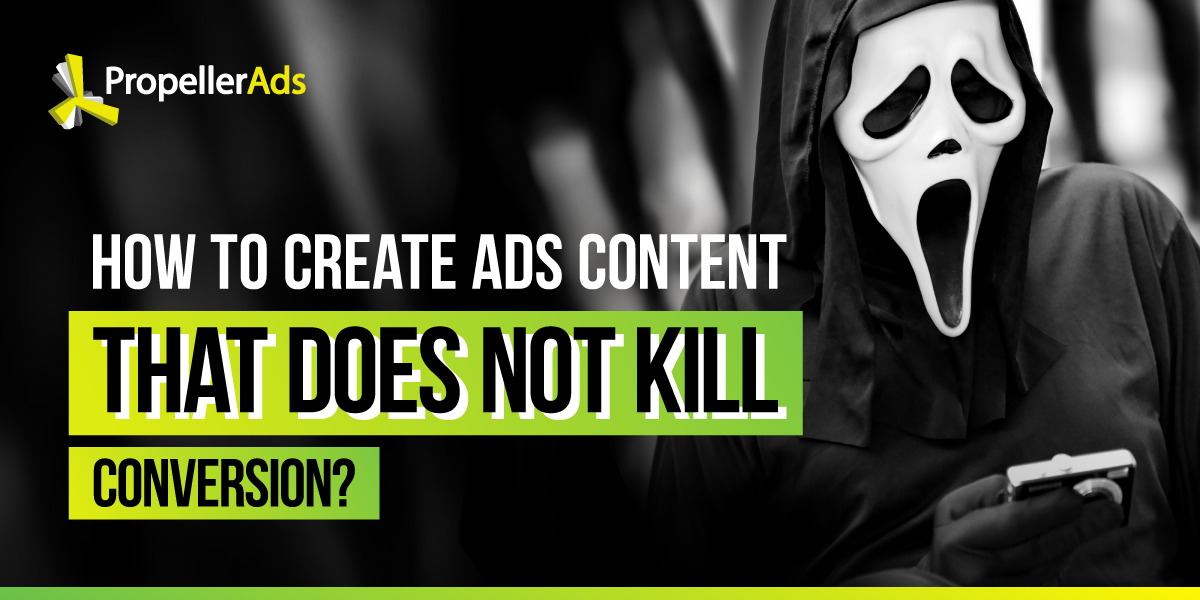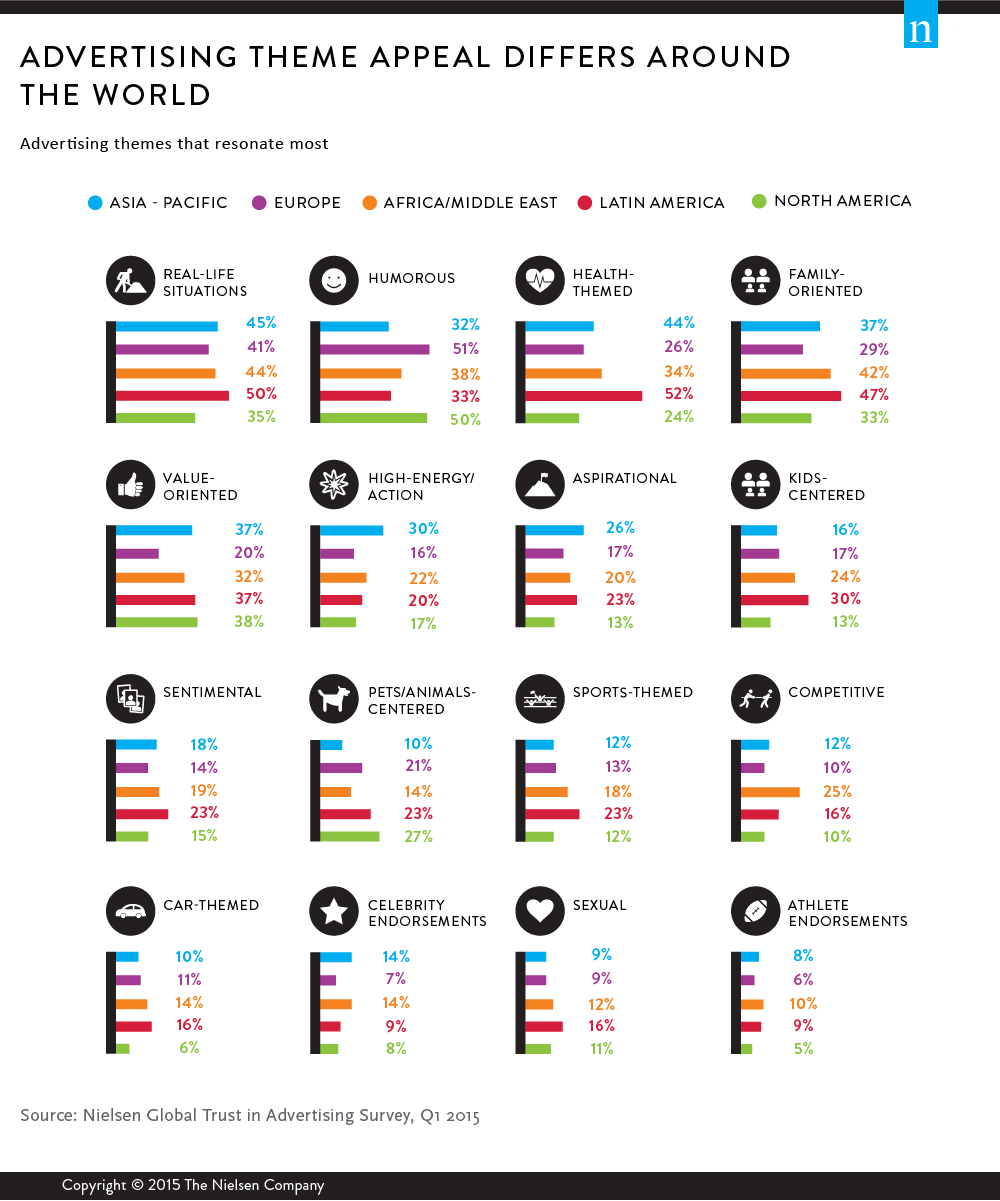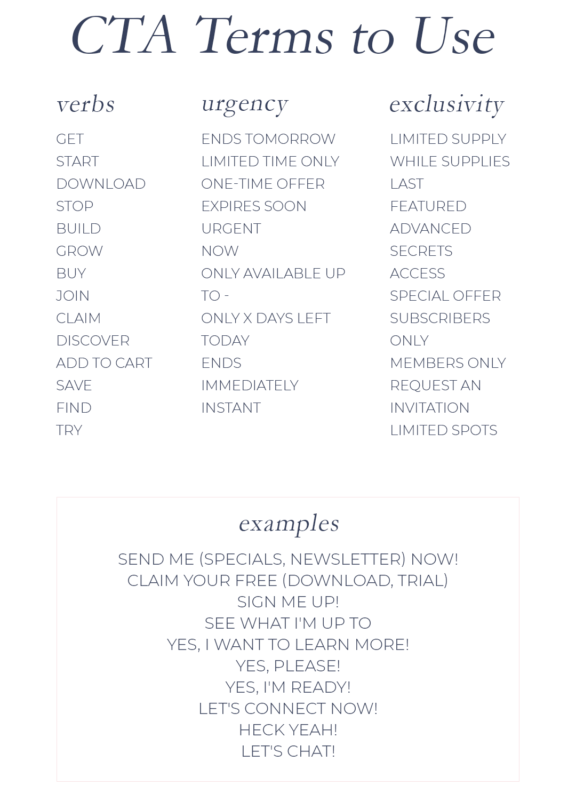How to Create Ads Content That Does Not Kill Conversion?

Whether you are an affiliate marketers or a direct advertiser, chances are that you have thought about the conversion rate of your ads content. In essence, conversion is the most important factor of your content strategy and is a direct indicator of how many people engaged with your service in the end.
However, creating such ads that do not kill your conversions but boost them instead can be tricky. Hitting the right strings and making sure that your target demographic is satisfied and encouraged enough to interact with you can sometimes be nigh impossible. So how can you create ad content that doesn’t drop your conversion rate and raises it instead?
1. Engage users beforehand
One of the key factors of successful marketing is user engagement.
Brands that invest into talking to their communities and establishing a presence will have a much easier way to convert people into customers.
Think about your current public exposure, brand reputation, and product popularity. Do you see any avenues for exploration and development of public interaction? Make sure to let people know who you are and what you do before asking them to spend money on your products.
Your summer crush? Your BFF? ❤️ to discover who you should #ShareaCoke with. pic.twitter.com/vg4L4wyqss
— Coca-Cola (@CocaCola) May 8, 2018
Take the example of Coca-Cola into consideration. The brand is so well established by now that they could bring any product to the market and still convert people into buying them. This is called brand loyalty, and it’s one of the first stepping stones towards creating effective ads.
2. Create a marketing strategy
Going into a marketing campaign head-first without a proper plan is suicidal, not to mention you won’t get any conversion for your products or website. Create a marketing strategy with a clear beginning and an end before making any content for it.
Having a stable roadmap and a marketing calendar can prove very beneficial in creating a steady stream of content for your visitors. Once people are satisfied with your professionalism and integrity as a marketing content provider, they will buy your products, subscribe to your newsletters and engage in your content.
3. Emphasize your specialty
Every brand is special in its own way – the question is what makes you different than others? Most marketers often overlook the importance of brand image in creating ads. Answering several simple questions can make it easier to understand your own brand a bit better:
- Why did your company start operating in the first place?
- What are your mission goals and long-term vision?
- What product lines do you offer and what are your key stakeholders?
- How do you plan on growing and expanding in the next several years?
Finding the secret ingredients of what makes your brand different than others is what will drive your ads into creating conversions. People love brands that they can relate to and those with noble and exciting missions. Do some self-reflection and implement your findings into your ad content.

Image by Nielsen
4. Create original content
It cannot be overstated how important original content is for ad campaigns.
Using borrowed photos and content as well as stock photography might not bring you the conversion rates you were hoping for. If you want to grow and expand as a brand, invest into original content that is different from the competition.
You can do this in several ways, but the most predominant options involve hiring freelancers or full-time staff. Depending on your capabilities, you should opt for one or the other and make sure to involve writers, graphic designers and content managers in that mix.
Serving your new content creation team with your brand’s mission and vision as well as the targets for specific ad campaigns will go a long way. Sporadic original content is always better than copied or reheated content that people already saw somewhere else. It’s the most important aspect of creating content that doesn’t kill but stimulate conversion rates.
5. Double-check your content
Once your content is created, it needs to be double-checked by a new set of eyes. This is where writing tools and services come into play as an integral part of advertisement content. In short, you will come across two distinct types of writing help on the internet – services and tools.
Services are writing platforms dedicated to creating and editing written content for online publishing. They feature professional writers that can edit, proofread and format your content for small fees according to your needs. Some of the most popular and useful writing services include FlashEssay, GetGoodGrade and EssayKittens. All of these services feature distinct writing options depending on what type of ad content you need checked before publishing.
In contrast, writing tools provide automated monitoring and formatting of your content according to SEO standards. While SEO doesn’t play a major role in ad content, it can still ensure your ranking stays high with search engine algorithms. Some of the most important and popular tools to check out include Grammarly (a grammar check tool), Yoast Analyzer (content SEO analysis) and Google Analytics (for A/B testing).
It’s often a better idea to invest some money into tools and services to make sure that your conversion rates won’t suffer under new ad content. Make sure to choose the tools that cater to your content style and double-check everything before publishing it.
6. Calls to action
What separates inert audience from a loyal customer base is the way they are treated by their brands. Ads without a call to action are nothing more than a pretty façade and a presentation of your products and services. Creating a sense of urgency around your product and urging your viewers to go out and buy whatever it is you are selling is the hallmark of advertisement.
Calls to action can take different shapes, but the two most predominant ones are psychological and verbal. Psychological calls to action use graphics and custom visual elements to create a sense of unease with viewers. Just imagine a vibrant ad poster with a “50% off!” sticker at the bottom and you will have a good idea of what psychological calls to action look like.

The same rule applies for verbal calls; however, they are more subtle and require more attention from the readers. Adding sentences such as “Go out there and try our product today!” is a typical form of a verbal call to action found in today’s advertisement with varying degrees of subtlety.
No matter which type of CTA you choose, make sure to implement at least one of them to animate your audience into converting into customers. If you don’t tell them what to do, they will simply look for ads that do that for them instead.
7. Track your performance
Claiming that your conversion rates are low without any numeric indicators of that being the case is not a good way to start your ad campaign. Make sure to use tracking software that can help you determine the percentage of users that convert into customers when they see your content.
This will give you a good idea as to which ad content types work for your brand and which ones should be left alone. Collecting data for further analysis and ongoing tracking is one of the most essential parts of advertisement. Don’t skimp on investing into tracking and analysis and your ad content will convert more people than before.
8. Deliver on promises
One of the best ways to convert more people into customers is to simply be transparent with them. For example, if you are advertising whole-chunk strawberry yogurt you better make sure that there are chunks of strawberry in it. Brand reputation is a very fragile thing that can fall apart at the slightest push. More about Misleading ads.
Make sure to use realistic and relatable information and visuals in your ad content to avoid any unnecessary drama later on. It takes only one dissatisfied customer to put your entire campaign in jeopardy. Deliver on the promises you make in your ads and people will know that you are legitimate the next time you come up with new content. Otherwise, your conversion hopes will all be in vain.
Long-term conversion?
The thing about customer conversion is that it can be difficult to initially convert people into customers. However, losing those same customers is a matter of moments.
Think of conversion as a long-form project which you should pay constant attention to. The advertisement content you create should always reflect you and your product – not the trends set by your competition. Only then will you be able to stand out long enough to make a dent in the industry.

